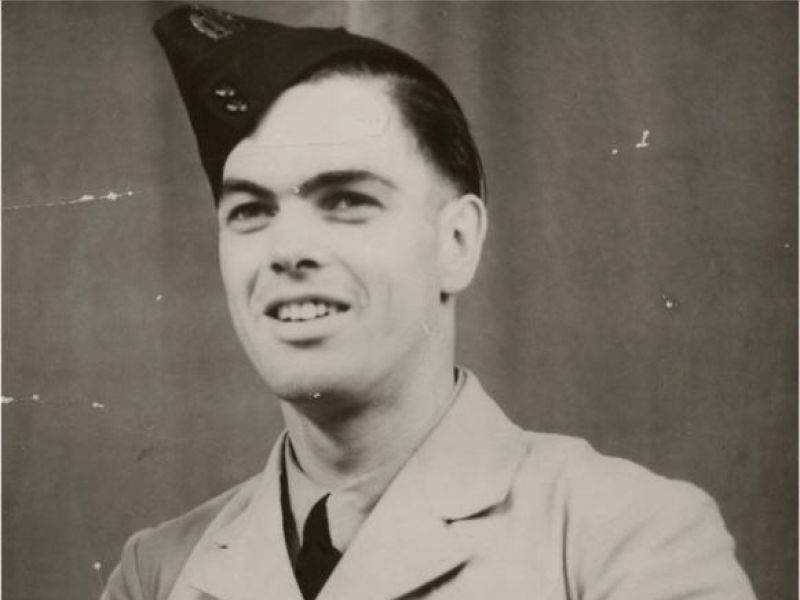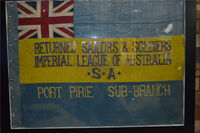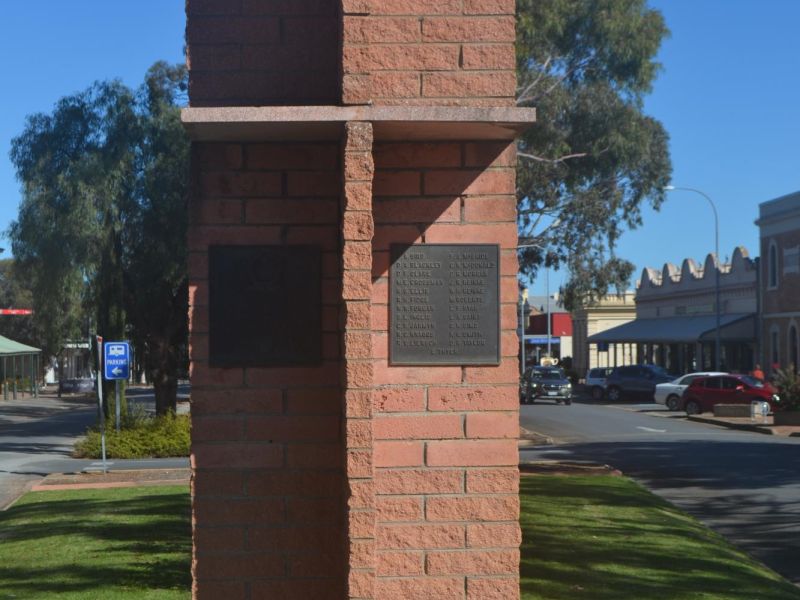William Wallace Forgan
William Wallace (Wally) Forgan was born in Crystal Brook, South Australia on 5th January 1920 to William Wilson Forgan and Esther Mabel (nee’ Venning) Forgan.
William was employed in Melrose, South Australia as a Clerk with Bennett and Fisher Limited who were a Land & Stock Agent. William was fond of football and tennis and had some flying experience with the Spencer Gulf Aero Club.
He enlisted in the Royal Australian Air Force (RAAF) on 7th December 1940, as Aircraftsman II, Service Number 407639, initially mustering as Air Crew and then re-mustering as an Air Gunner after receiving his Air Gunners Badge on 27th June 1941.
He embarked at Sydney for overseas service on 17th July 1941 and was attached to No. 458 Squadron.
No. 458 Squadron was formed at Williamtown, near Newcastle in New South Wales on 8th July 1941 under the Empire Air Training Scheme.
The squadron assembled at Royal Air Force (RAF) Holme-on-Spalding Moor, Yorkshire, England where the squadron was officially established as No. 458 (Bomber) Squadron on 25th August 1941.
At 04:35 hours on the morning of 8th January 1942, Wellington R1785 of 458 Squadron, took off on a mission to join with 30 other bombers to bomb the port of Cherbourg in occupied France mounting a diversion for a larger group of 131 RAF bombers that were assembled and dispatched to the French harbour of Brest. Their mission was to find and destroy the German pocket battleships, the Scharnhorst and Gneisenau that had survived over 60 similar bombing missions from March of 1941.
On board Wellington V1 R1785 were flying officer Bernard Hickey, a 28-year-old from Brisbane, Queensland, his 24-year-old co-pilot, Vic Johnstone from Lockington, Victoria, front gunner, William Wallace Forgan, a 22-year-old from Crystal Brook, South Australia and Bob Birnie, 24, bomb aimer and observer from Auckland, New Zealand. In addition to these flying ANZACS were 2 RAF airmen, Fred Hinton, a 21-year-old rear gunner from Leicester, and Albert Austin, wireless operator from Birmingham in the UK.
Weather conditions over the Normandy peninsula that January morning were appalling, snow was falling, visibility was negligible and to make matters worse the German flak was particularly active.
Only three of the 31 aircraft were able to drop their bombs and many were forced to turn back. Of the three Wellingtons from 458 Squadron that left Yorkshire that day only one returned home to base.
Wellington R1785 disappeared completely and never returned to Holme on Spalding Moor. It was thought that the aircraft was hit by flak somewhere over Colomby, Northern-western France. Confirmed as "Missing in Action", relatives were contacted and personal possessions were returned home.
The fate of R1785 and the crew remained a mystery to relatives for over 66 years.
Using a metal detector, amateur aviation historians undertook an exhausting ground search that confirmed the site of the crashed aircraft. They recovered various metal fragments including a part of the airframe's distinctive geodectic design; bearing a serial number confirming that it was from a Vickers Armstrong Wellington.
Their search took a new twist when amongst the innumerable spoils of recovered twisted metal there was a Sterling silver ring belonging to Wally Forgan.
The 6 allied airmen had been buried by Germans in the Cherbourg Old Communal Cemetery.
- Service Record - WW2 https://recordsearch.naa.gov.au/SearchNRetrieve/Interface/ViewImage.aspx?B=5522…

 RSL (Port Pirie Sub Branch) Inc.
RSL (Port Pirie Sub Branch) Inc.